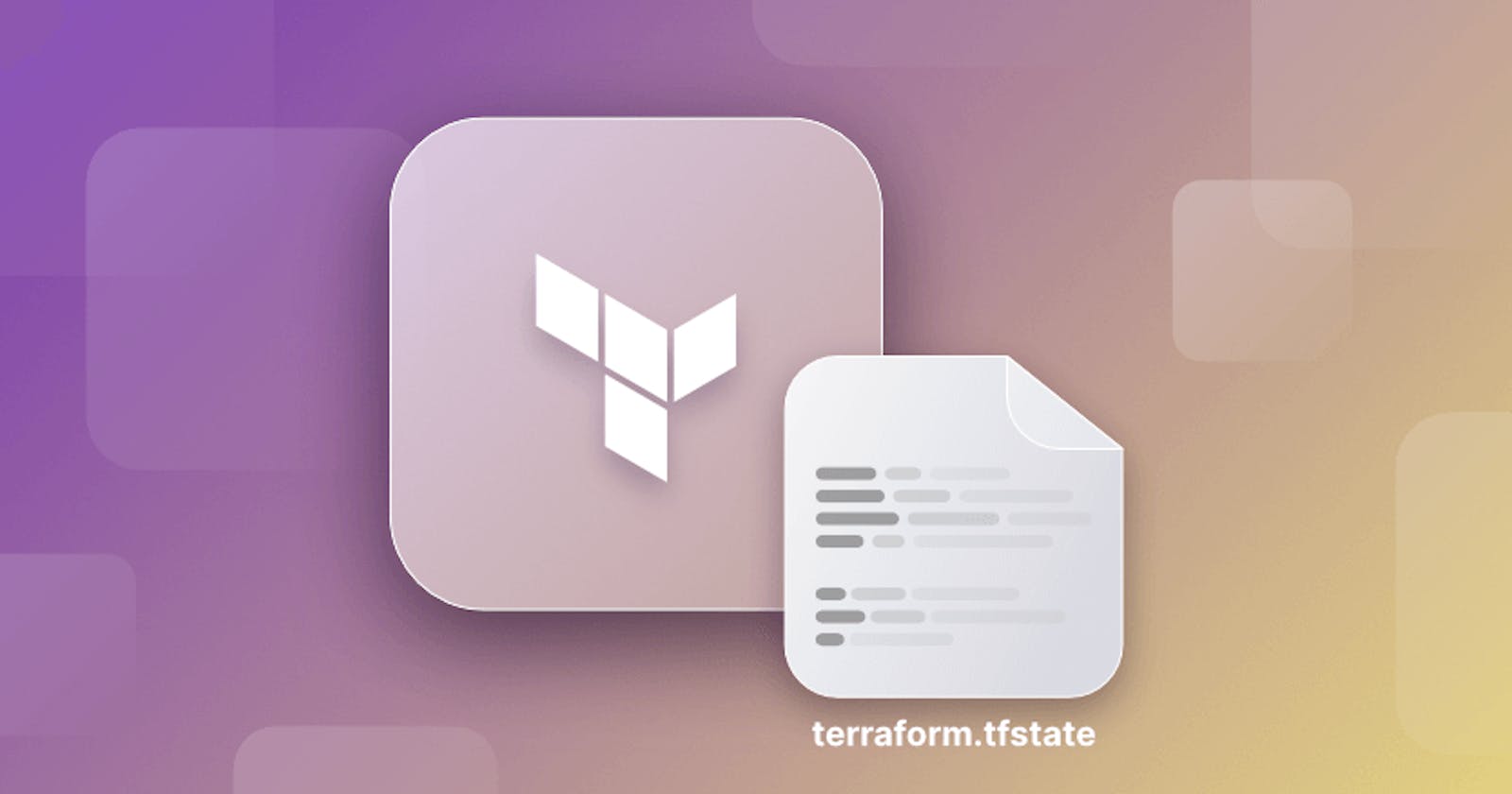Table of contents
No headings in the article.
In the realm of infrastructure as code (IaC), Terraform stands out as a powerful tool for defining and provisioning infrastructure. However, one of the critical aspects of Terraform that often goes overlooked is state management. In this blog post, we'll explore the importance of Terraform state management and guide you through the journey of transitioning from local to remote state storage.
✅Understanding Terraform State: Terraform state is a crucial component that keeps track of the current state of your infrastructure managed by Terraform. It records information such as resource metadata, dependencies, and mappings between real-world objects and Terraform-managed resources. This state information is essential for Terraform to plan and execute changes accurately.
✅Challenges with Local State: By default, Terraform stores state locally in a file named terraform.tfstate. While this approach is convenient for getting started with Terraform, it poses several challenges, especially in a collaborative or production environment:
Concurrency: Local state files are not suitable for concurrent access, making it challenging to work collaboratively on the same infrastructure.
Security: Local state files may contain sensitive information such as credentials or resource identifiers, posing security risks if not handled properly.
Consistency: Sharing local state files across environments or teams can lead to inconsistencies and potential conflicts.
✅Transitioning to Remote State: To address the limitations of local state storage, Terraform offers support for remote state backends. Remote state allows for centralized storage of Terraform state files, enabling collaboration, scalability, and enhanced security. Let's walk through the steps to transition from local to remote state using popular remote state backends such as Amazon S3 or HashiCorp Consul.
Step 1: Configure Remote State Backend: First, configure your Terraform configuration to use a remote state backend. For example, to use Amazon S3 as a backend, you would add the following block to your main.tf file:
terraform {
backend "s3" {
bucket = "my-terraform-state"
key = "terraform.tfstate"
region = "us-west-2"
}
}
Step 2: Initialize and Migrate State: Next, initialize Terraform to configure the remote state backend and migrate your existing local state to the remote backend. Run the following commands in your terminal:
terraform init
terraform state migrate <backend>
Replace <backend> with the name of the remote state backend (e.g., s3, consul).
Step 3: Collaborate and Scale: With remote state in place, you can now collaborate seamlessly with team members, automate workflows, and scale your infrastructure with confidence. Remote state backends offer features such as locking, versioning, and access control, ensuring data integrity and compliance in multi-user environments.
✅Conclusion: Mastering Terraform state management is essential for achieving robust and scalable infrastructure automation. By transitioning from local to remote state storage, organizations can unlock the full potential of Terraform, enabling efficient collaboration, enhanced security, and streamlined operations. Embrace the power of remote state backends and elevate your Terraform workflows to the next level.
Happy learning :)

